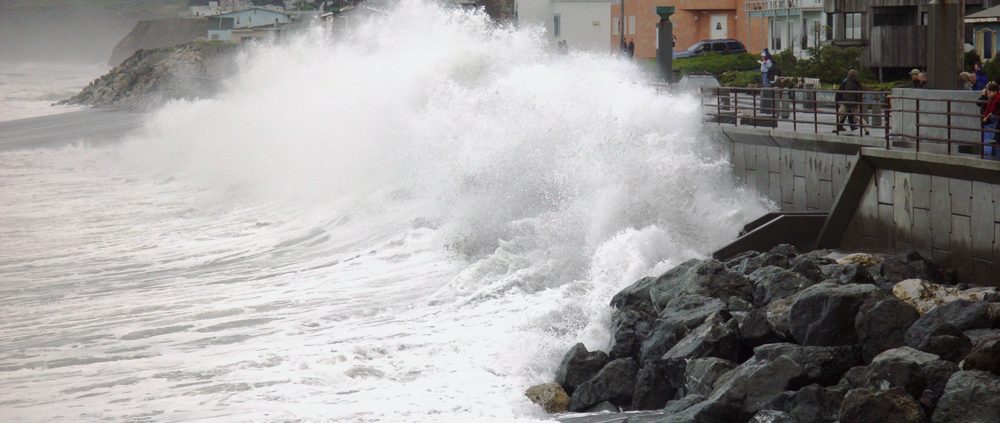Climate Change in the United States: The Prohibitive Costs of Inaction
If global warming emissions continue to rise unabated, we will see growing costs related to climate change. This fact sheet from the Union of Concerned Scientists (UCS) reports some of the projected damages—to our coasts, our health, our energy and water resources, our agriculture, our transportation infrastructure, and our recreational resources—that will occur in states and regions throughout the United States.
Average U.S. temperatures have already risen by 2°F over the past 50 years, and are projected to rise another 7–11°F by the end of this century under a high-emissions scenario, and 4–6.5°F under a low-emissions scenario. A 2008 study by Ackerman and Stanton showed that in a high-emissions scenario, the annual economic impact of more severe hurricanes, residential real-estate losses to sea-level rise, and growing water and energy costs could reach 1.4 percent of GDP by 2025, and 1.9 percent by 2100.
The UCS fact sheet provides specific examples from numerous studies of the projected damages from climate change, and their costs. It does not cover all costs, as some are hard to quantify, and it does not include the considerable effects global warming has on other countries. But even a partial accounting of the costs sends a clear message: Climate inaction is simply too costly. Making the choice to dramatically lower our emissions at least 80 percent from 2005 levels by 2050 will help avoid some of the worst consequences of climate change.
Fortunately, says the UCS, if we act quickly and decisively, we can avoid the worst of these costs. A recent UCS analysis, Climate 2030: A National Blueprint for a Clean Energy Economy, shows that immediate implementation of a comprehensive suite of climate, energy, and transportation policies can dramatically lower U.S. global warming emissions while saving consumers and businesses money. Congress needs to enact strong climate legislation that includes such policies to safeguard our economy, our environment, and our future.
For the full article:
CLICK HERE


